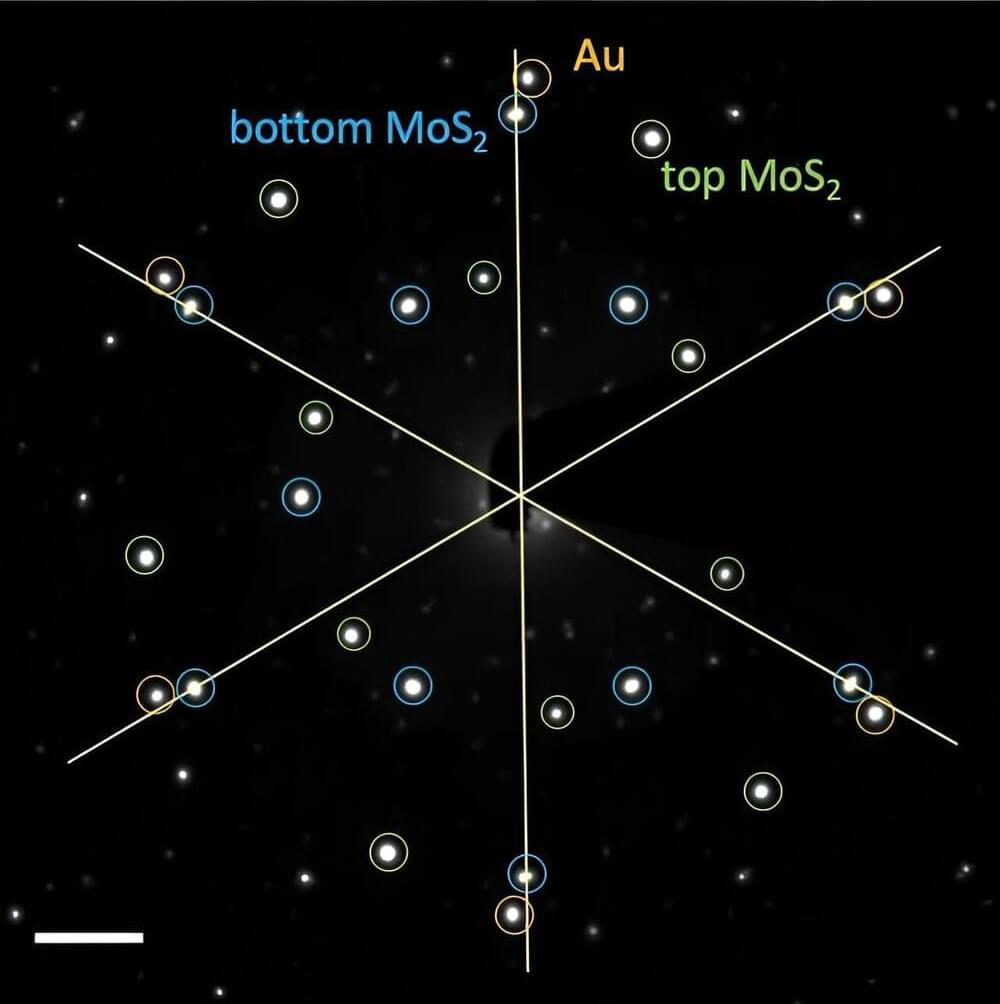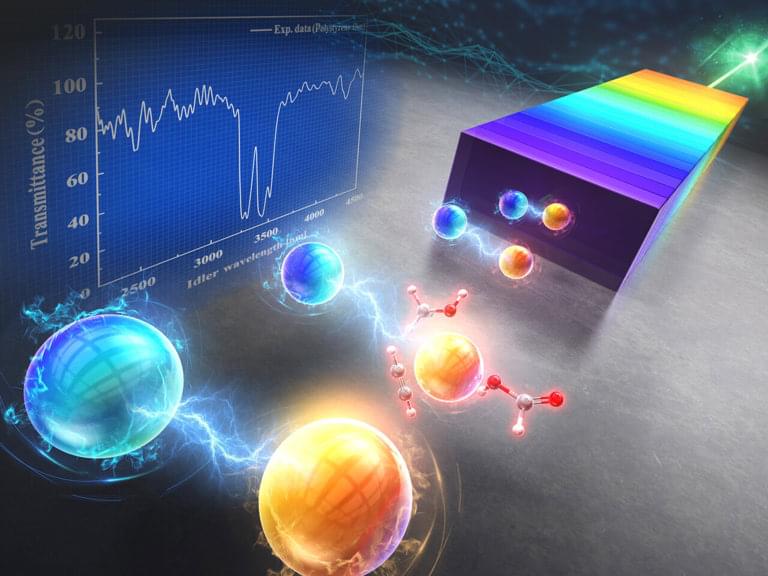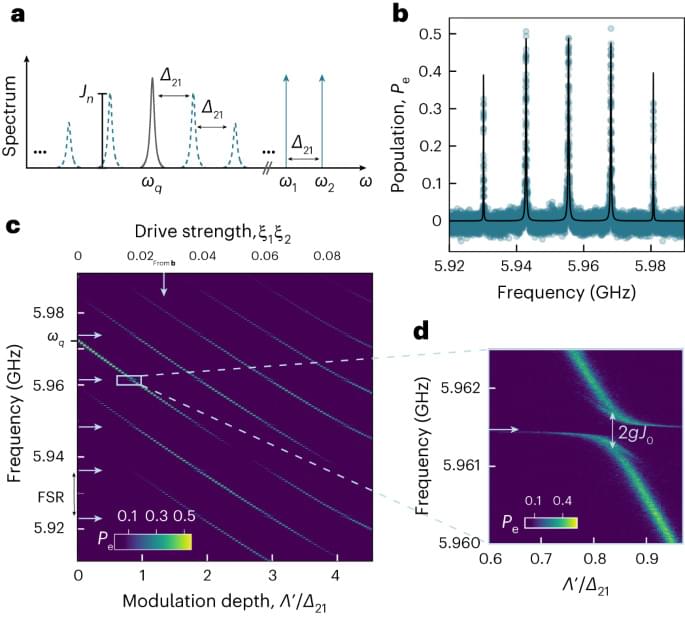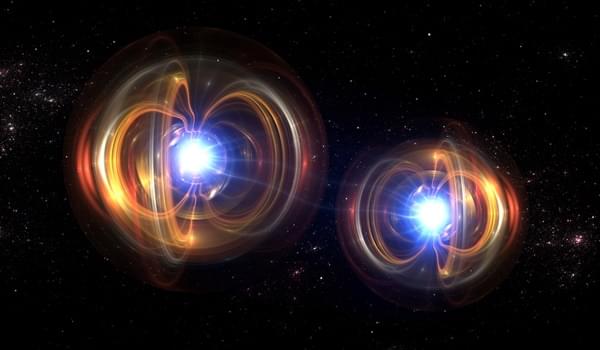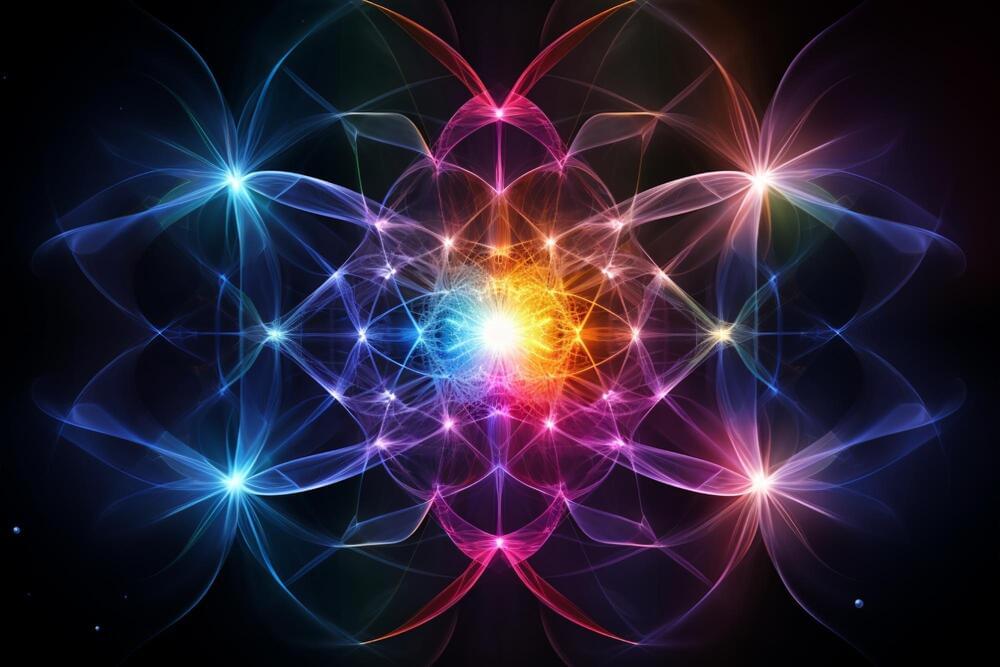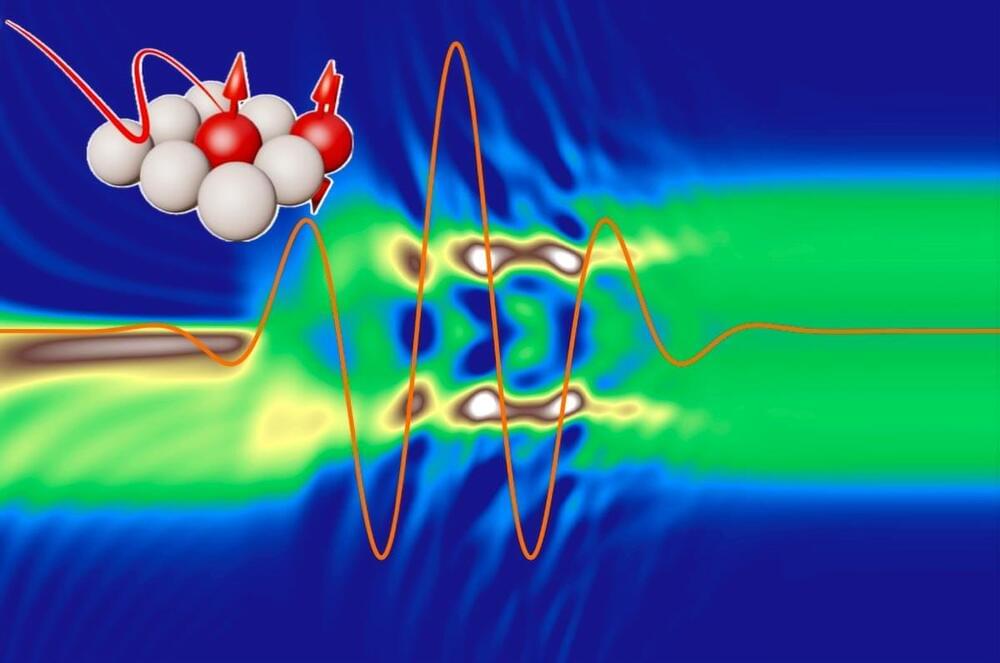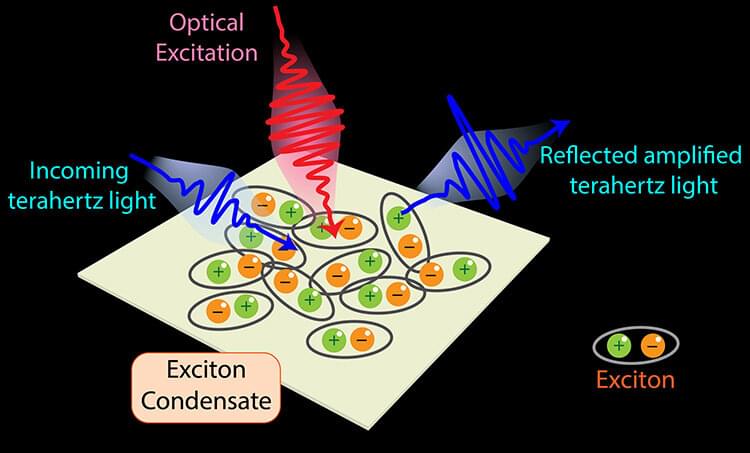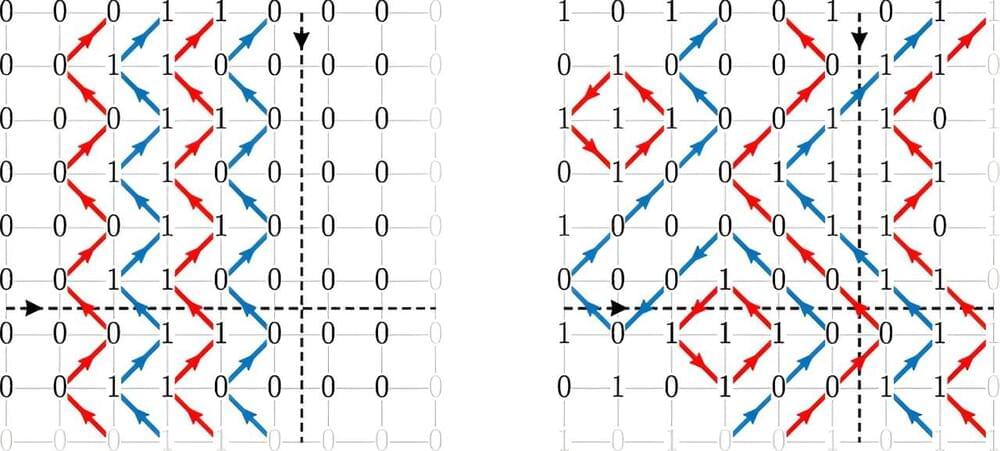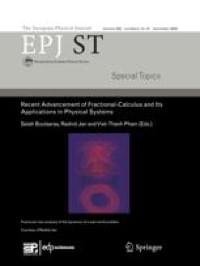Jan 26, 2024
Researchers grow a twisted multilayer crystal structure for next-gen materials
Posted by Dan Breeden in categories: computing, quantum physics, solar power, sustainability
Researchers with the Department of Energy’s SLAC National Accelerator Laboratory, Stanford University and the DOE’s Lawrence Berkeley National Laboratory (LBNL) have grown a twisted multilayer crystal structure for the first time and measured the structure’s key properties. The twisted structure could help researchers develop next-generation materials for solar cells, quantum computers, lasers and other devices.
“This structure is something that we have not seen before—it was a huge surprise to me,” said Yi Cui, a professor at Stanford and SLAC and co-author of a paper published in Science describing the work. “A new quantum electronic property could appear within this three-layer twisted structure in future experiments.”
